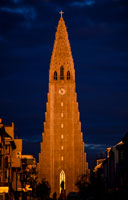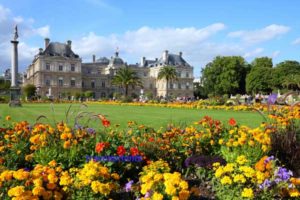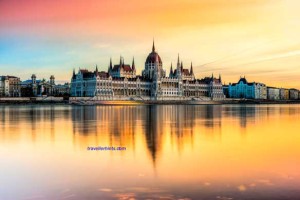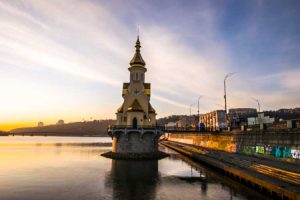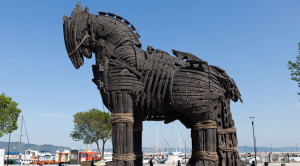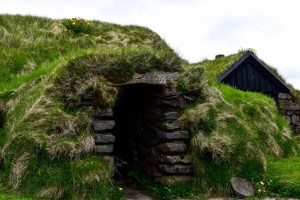After Australia, Europe is surprisingly the second smallest continent in the world representing only around 2% of the Earth’s surface though it’s a part of the Eurasia continental landmass.
The natural border is represented by the Ural and the Black and Caspian Sea. The other borders are created by the Mediterranean Sea on the South, the Atlantic Ocean on the western part and the Arctic Sea from the North.
The continent is home to 50 countries (+ several territories with limited recognition) with a overall population of around 740 million people being the third most densely populated continent.
Thanks to the Gulf Stream and warm Atlantic currents, most of the continent is having mild climate with rather moderate winters and hot summers on the other hand. The most represented vegetation type is mixed forest with great conditions for cultivation.
Culture-wise, Europe has always played an important role in the global history. From the era of Ancient Greece, Roman Empire,

Snaefellsne
middle ages to Renaissance and later modern era, the nations in Europe were significant players in World’s history.
The Industrial Revolution, increase of democracy and most importantly both World Wars have affected the dominance decline and let to the prominency share with US and Soviet Union (Russia).
All endeavours for European integration has eventually led to the formation of the European Union (EU) in 1993 which currently consists of 28 individual countries.
Most of the member countries are using Euro as official united currency and thus creating the Euro zone. To enhance the free movement within the continent, the Schengen area (now comprising of 26 countries) has eliminated border controls among other member states.
 TravellerHints!
TravellerHints! 

